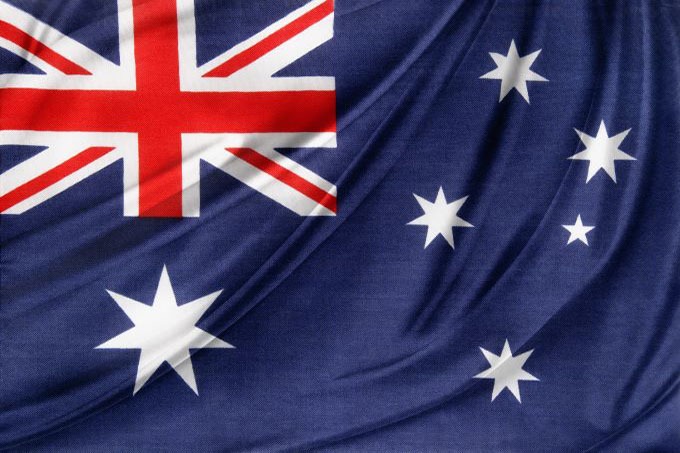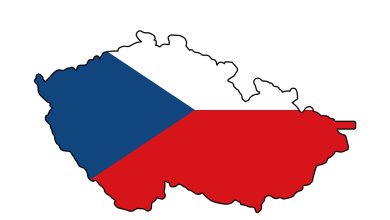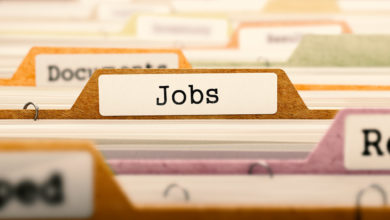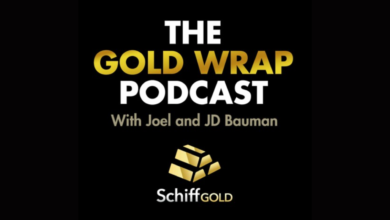Australian Inflation Rises to 6.8% in April

Australian inflation increased unexpectedly last month, raising questions as to whether the RBA will now need to hike rates further.
 Annualized inflation in Australia increased to 6.8% in the year to April, a 0.5% rise from 6.3% that was found in March, the latest figures released by the Australia Bureau of Statistics (ABS) confirmed.
Annualized inflation in Australia increased to 6.8% in the year to April, a 0.5% rise from 6.3% that was found in March, the latest figures released by the Australia Bureau of Statistics (ABS) confirmed.
It was higher than the 6.4% that many economists anticipated.
Yet despite the rise in CPI, when price volatile items such as fuel, fruit and vegetables and holiday travel were excluded, underlying annualized inflation dropped to 6.5%, a 0.4% fall from March.
Michelle Marquardt, the ABS head of prices statistics, explained that automotive fuel was a major driver of increased price inflation in April. This is because of the unwinding in October of the halving of fuel tax in April last year has now filtered into the economy.
Forex Brokers We Recommend in Your Region
“Automotive fuel prices were 9.5% higher this month than they were in April 2022 when prices fell following the 22 cents per litre cut in the fuel excise introduced on 30 March 2022.” Ms. Marquardt said. “This contrasts to March 2023, which saw an annual fall in fuel prices of 8.2%, compared to the high prices recorded in March 2022 related to the war in Ukraine.”
The Reserve Bank of Australia (RBA) will now carefully consider what their next decision on interest rates will be, which will be made on 6th June.
As the underlying inflation figure has seen a decline in the year up to April, the chance of another rate rise has probably decreased.
On 3rd May the RBA decided to increase the official cash rate to 3.85% in what was a raise in the cost of borrowing by 0.25%. This was after the rate raising cycle was paused in April. The RBA has made the call to increase rates eleven times since April last year, when rates were a minimal 0.10%. Although after four successive 0.50% increases since October there has been a slower pace of raising rates by no more than 0.25%.
The Commonwealth Bank of Australia said before the CPI announcement that it expects that interest rates will again be placed on hold next month, unless there was a big upside surprise to the inflation figures for April.
Housing costs were the most significant contributor to the increase in inflation in the 12-months to April, with a price growth of 8.9%.Yet this was lower than the 9.5% rise in housing-related prices found in the year to March.
Ms. Marquardt explained that new dwelling prices have climbed by 9.2%, but this was the slowest rate of price expansion since February last year.
This is mainly attributed to the easing of building materials prices. However, rent prices rose at a faster rate of 0.8% to 6.1% in the year to April. There was also positive news on food prices, as they eased slightly, but remained high.
The annualized increase in food prices reached 7.9% in April, down from 8.1% in March, with dairy and related products surging in price the most by 14.5%. Transport costs saw a rise of 7.1%, off the back of the higher petrol prices in April compared to a year ago.
HSBC has said that the pace of wage growth in Australia could be a factor in helping the RBA achieve its 2%-3% inflation target. Recent figures revealed that wage growth has increased by 3.7% over the past year the bank said.
As the RBA has stated many times over, if productivity growth runs at its recent decade average of around 1% a year, annual wage growth of 3-4% is consistent with the central bank’s 2-3% inflation goal.
HSBC also said that Australia is in a better position that other major economies such as the US and the UK, where wage growth is running well ahead of central bank inflation targets.
In reaction to the ABS announcement, the Australian Dollar lost ground against both the US Dollar and the UK Pound, a move that suggests the currency markets believe that it is most likely that interest rates will remain unchanged next month.
The AUD/USD currency pair traded as low as $0.6475 and looks like it might decline further. The Australia 2-Year Treasury yield was mostly unaffected with a slender fall of just 0.03%, trading at 3,564 at the daily close.
Source link





